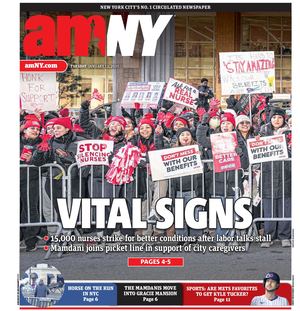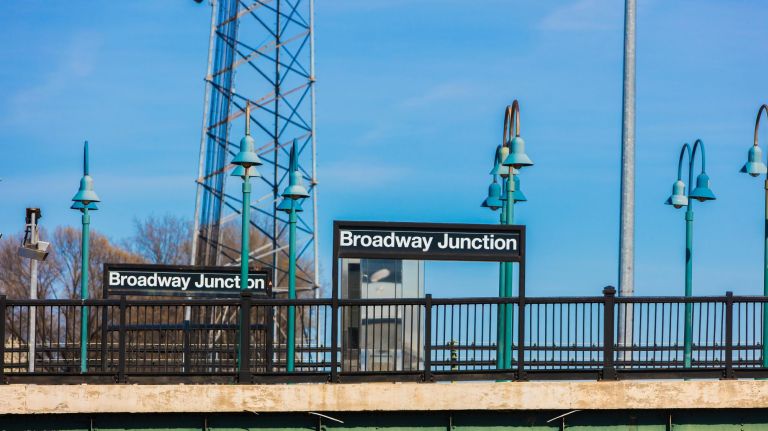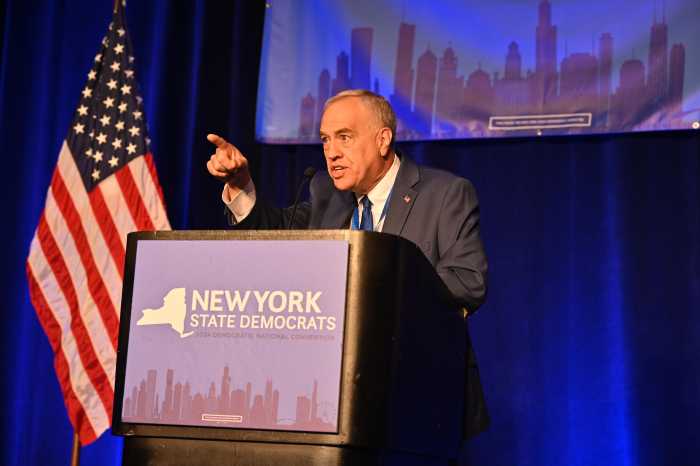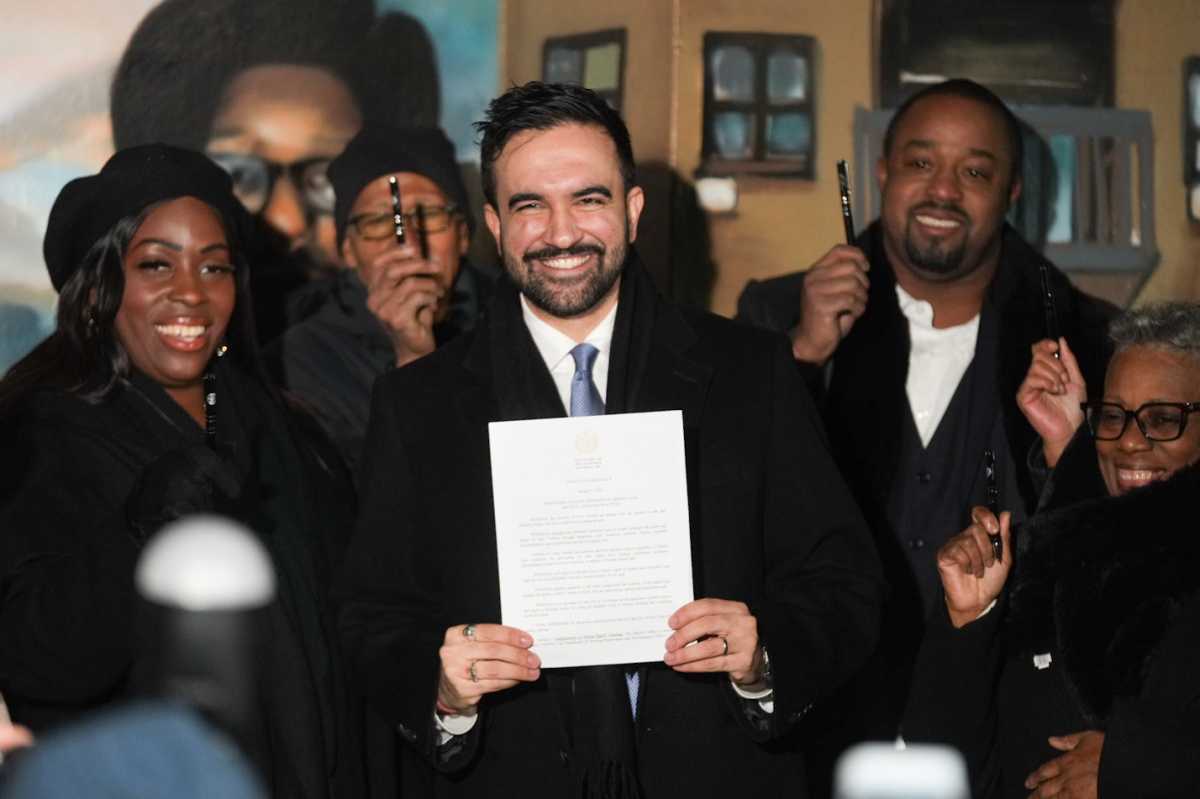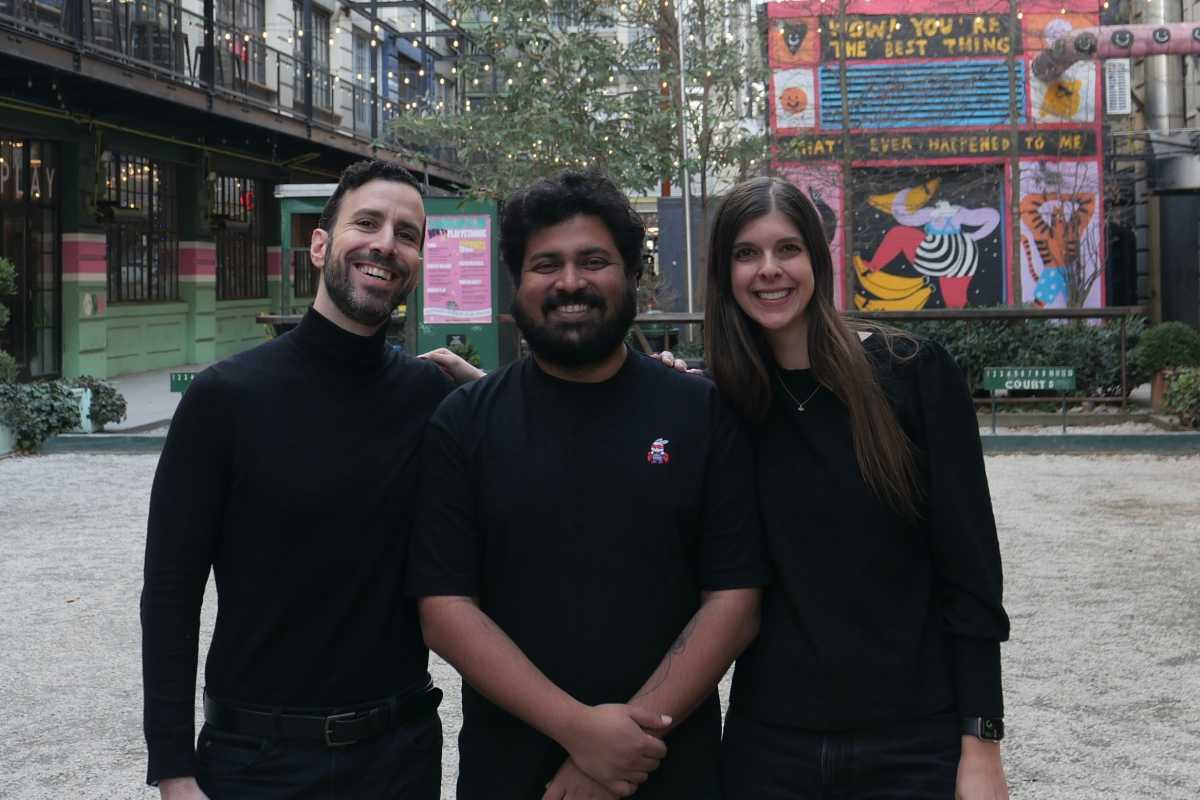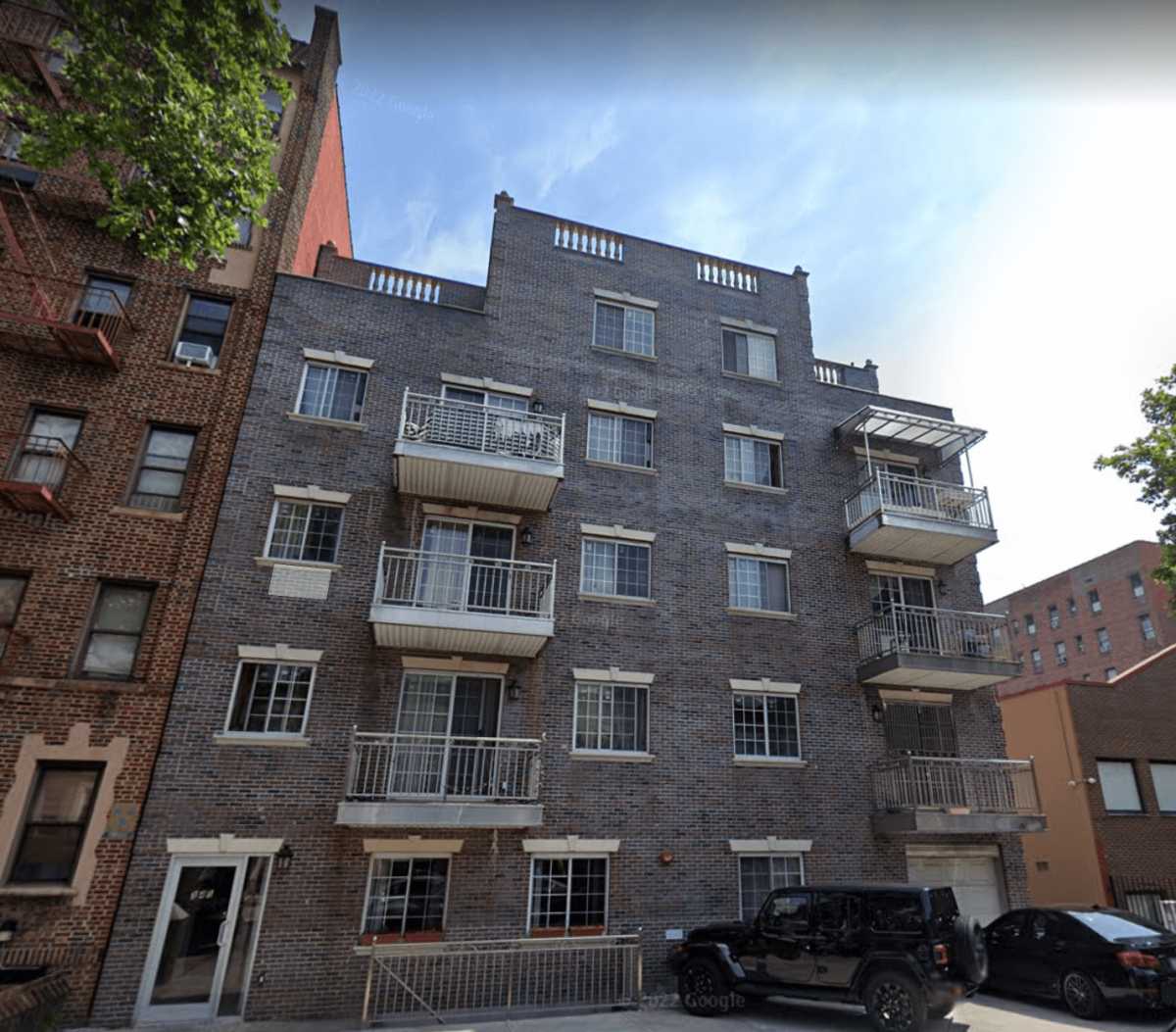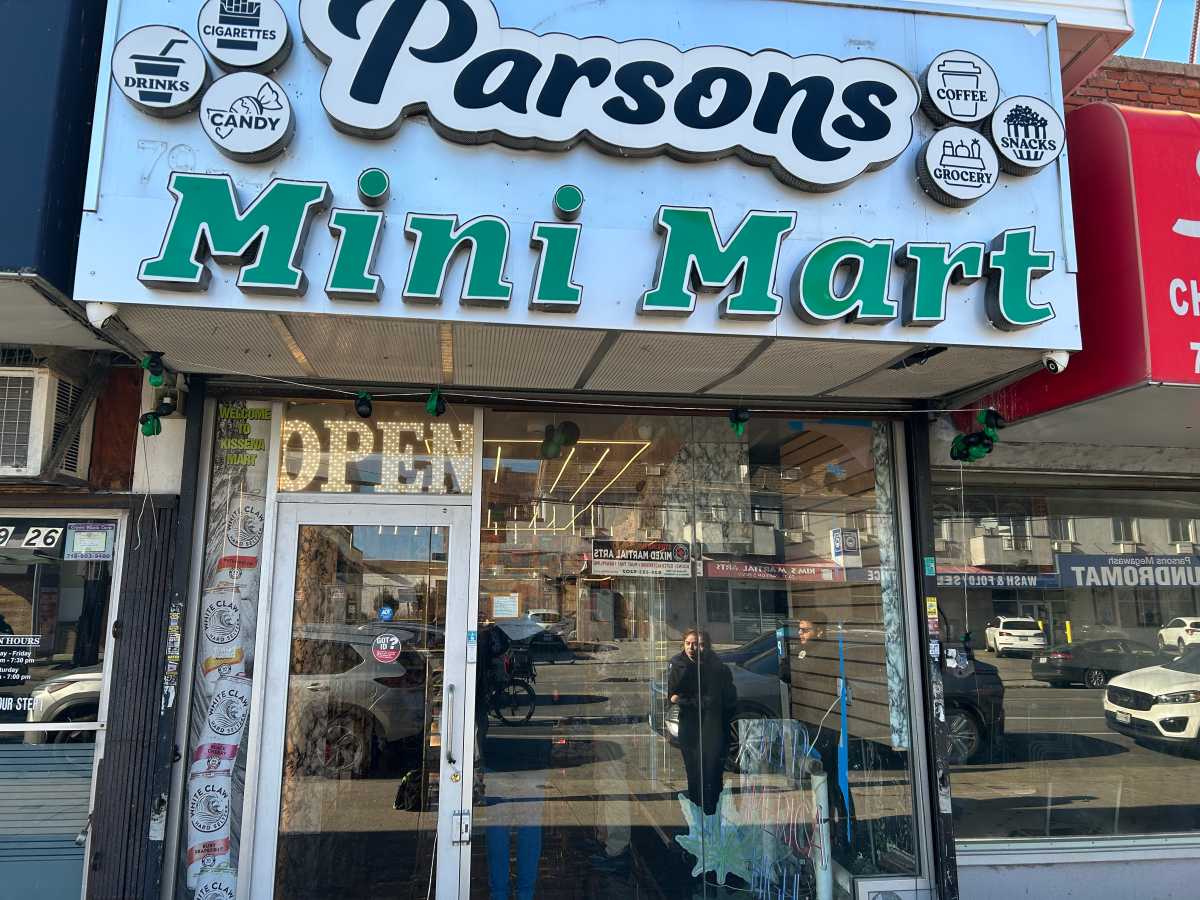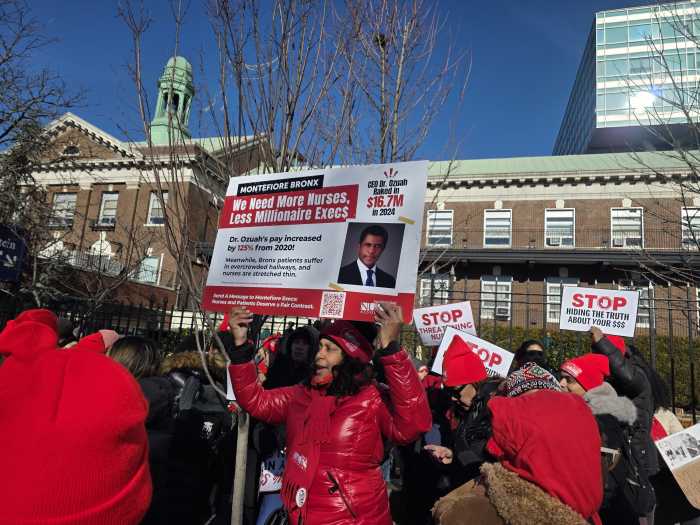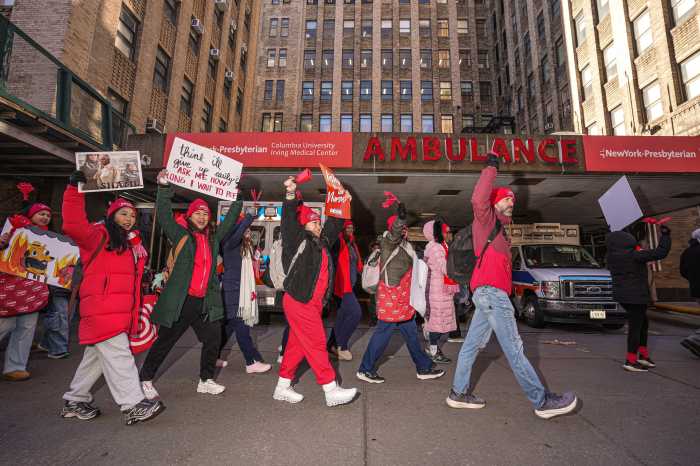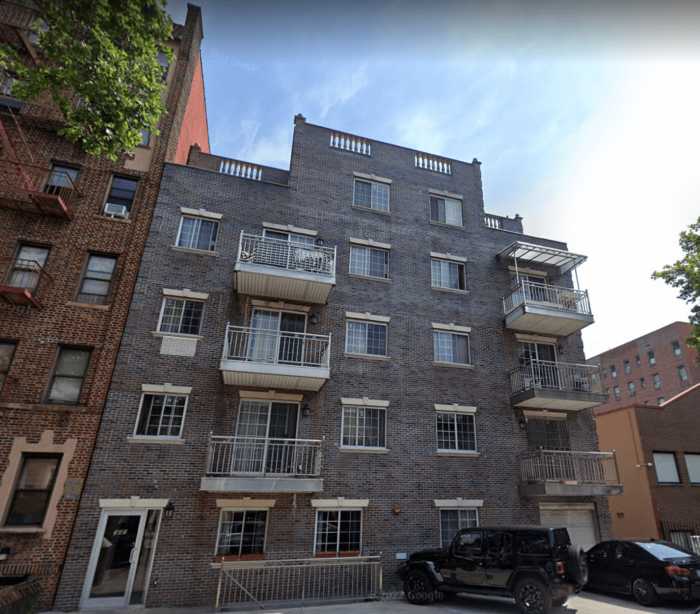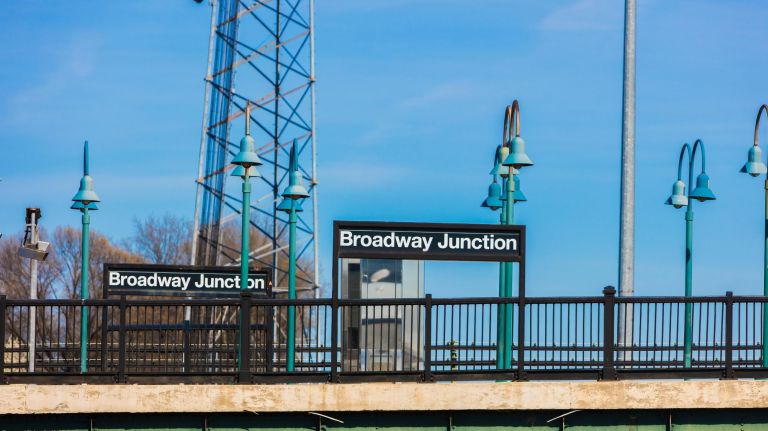
As the city works on its East New York initiative to spur economic development by using a city agency as an anchor tenant, local leaders have helped develop a vision for the area that goes well beyond that.
The city’s Economic Development Corporation solicited bids in June 2017 for office development in East New York that could be centered around the city’s Human Resource Administration or another agency. It is currently negotiating with those who submitted proposals, according to Christian Ficara, a spokesman for EDC.
Meanwhile, a working group comprised of local leaders and city agencies has taken matters into its own hands and recently released a broad vision for improving the nearby Broadway Junction transit hub and cultivating an economic center around it. While those involved in creating the document say they would still welcome HRA as an anchor tenant, they see it as only one prong in an economic development strategy for the area.
Amid a 2016 East New York rezoning, Borough President Eric Adams and City Councilman Rafael Espinal Jr. pushed for the working group, which put out a vision that includes transit, economic development, anti-displacement and other goals.
"Downtown Brooklyn does not need to be energized," Adams said. "We need to start using our asset of employees to really revitalize those communities that have often been ignored."
Espinal and Bill Wilkins, director of economic development at the Local Development Corporation of East New York, said transit improvements, including making stations accessible for those with limited mobility, must be prioritized.
"If we were receiving the resource that we deserved over the last 30 years, we wouldn’t be having this conversation today," said Wilkins, who is also manager of the East Brooklyn Business Improvement District and participated in the working group. "We started to shape and identify, to a degree, the canvas. So this is something to be excited about."
Ficara said the EDC would not comment on previous administrations’ lack of investment at Broadway Junction, but that it realized "the transit hub’s deterioration necessitates critical investments and improvements to maximize it as a community asset."
"EDC spearheaded engagement with local elected officials and helped develop the Broadway Junction Working Group to identify infrastructure needs, and overall enhancements to the hub that will benefit residents, commuters and local businesses for decades to come," Ficara said in a statement.
The MTA noted it recently added four new staircases and widened two staircases on the J/Z platforms in the Broadway Junction station and expanded the mezzanine. In MTA capital plans, the station is slated for improvements, including those aimed at increasing capacity and replacing escalators. MTA spokeswoman Amanda Kwan said in a statement that "the MTA is already deeply invested in this area’s growth and we look forward to working with the City on transit improvements that will benefit our customers and employees alike.”
Finessing the train stations could help attract more businesses substantial enough to anchor office development, according to Matthew Peters, a Marcus & Millichap salesman focused on central and eastern Brooklyn who called the train line "underdeveloped" and "underutilized."
The EDC did not directly respond when asked if it has put out requests for office development beyond East New York or planned to do so, but some people in other parts of the city will be watching what happens there since the EDC floated the office anchor strategy as a way to bolster development and improve the economy in areas like Harlem, Flushing and Jamaica. Mayor Bill de Blasio’s administration included the strategy in its official job creation plan, claiming in the June 2017 document that the initiative could generate more than 8,000 good-paying jobs over the next decade.
Still, East New York may not be the ideal place for a governmental agency headquarters, according to Jonathan Bowles, executive director of the Center for an Urban Future, a think tank focused on expanding economic mobility. He said he the strategy can and has worked in some neighborhoods, but even Long Island City, which is more central, waited years to see its quest for an office district start to materialize.
Bowles also had questions about where HRA workers reside.
"Some of them are coming from the Bronx. The commutes even from Corona or Jackson Heights are really long to get to that part of Brooklyn," Bowles said.
